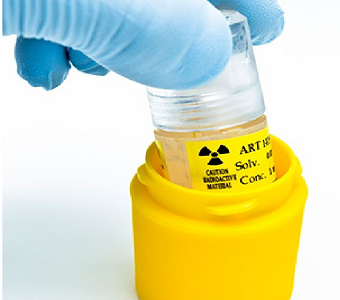Pain Therapeutics (PTIE) and Durect (DRRX) just announced that Pfizer (PFE) will discontinue development of Remoxy (Extended-Release oxycodone) and will return all rights to Pain Therapeutics. Pain Therapeutics had the rights to Remoxy under a license from DURECT. Pfizer also announced that it wrapped up an internal review of five recently completed clinical studies that were required to address the Complete Response Letter received in June 2011 from the U.S. FDA. This program included bioequivalence studies to compare the current Remoxy formulation to an older formulation, as well as to test the drug’s abuse-deterrent capabilities.
With Pfizer handing back the Remoxy rights shortly after completing final steps in the development program, the readthrough is that Remoxy has real issues: it’s a question of approvability, not market dynamics. Investors had previously been focused on whether Remoxy, as an aging oxycodone product, still had commercial viability. Now, the question is whether it’s an approvable drug.
With Remoxy relegated to Pain Therapeutics and questions about its approvability, the focus for Durect is POSIDUR, the company’s phase 3-ready SABER-bupivicaine. PropThink outlined the long thesis for Durect early this year when Posidur received a Complete Response Letter. A significant portion of our DRRX thesis was based on the company’s access to Remoxy royalty income in two years, an incremental stream to support the development of POSIDUR. Today’s news makes DRRX much less attractive as a standalone entity.
According to Monday’s press release Durect met with the FDA on September 23 to discuss the issues cited in the February Complete Response Letter for Posidur and is currently awaiting feedback from the meeting. We take this to mean the meeting minutes, which would put the discussion in writing. Durect will report third quarter earnings next Monday and may be able to provide an update on the CRL, and the next steps in development, at that time. Our assumption has been two new phase 3 studies, most likely with both comparing POSIDUR to bupivicaine Hcl.
Durect has around $35 million in cash and another $23.4 million accessible via an At-the-Market financing facility with Cantor. This cash position should be sufficient for two years at the company’s current burn rate, and should be enough to get the company through the two (assumed) phase 3 trials, depending on size. DRRX dropped more than 50% in early trading, which we saw as an overreaction. The stock has recovered slightly, still down 40%.

Already a Premium user? Sign In
One or more of PropThink’s contributors are long DRRX or PFE.




